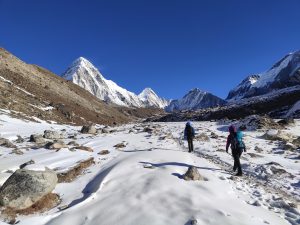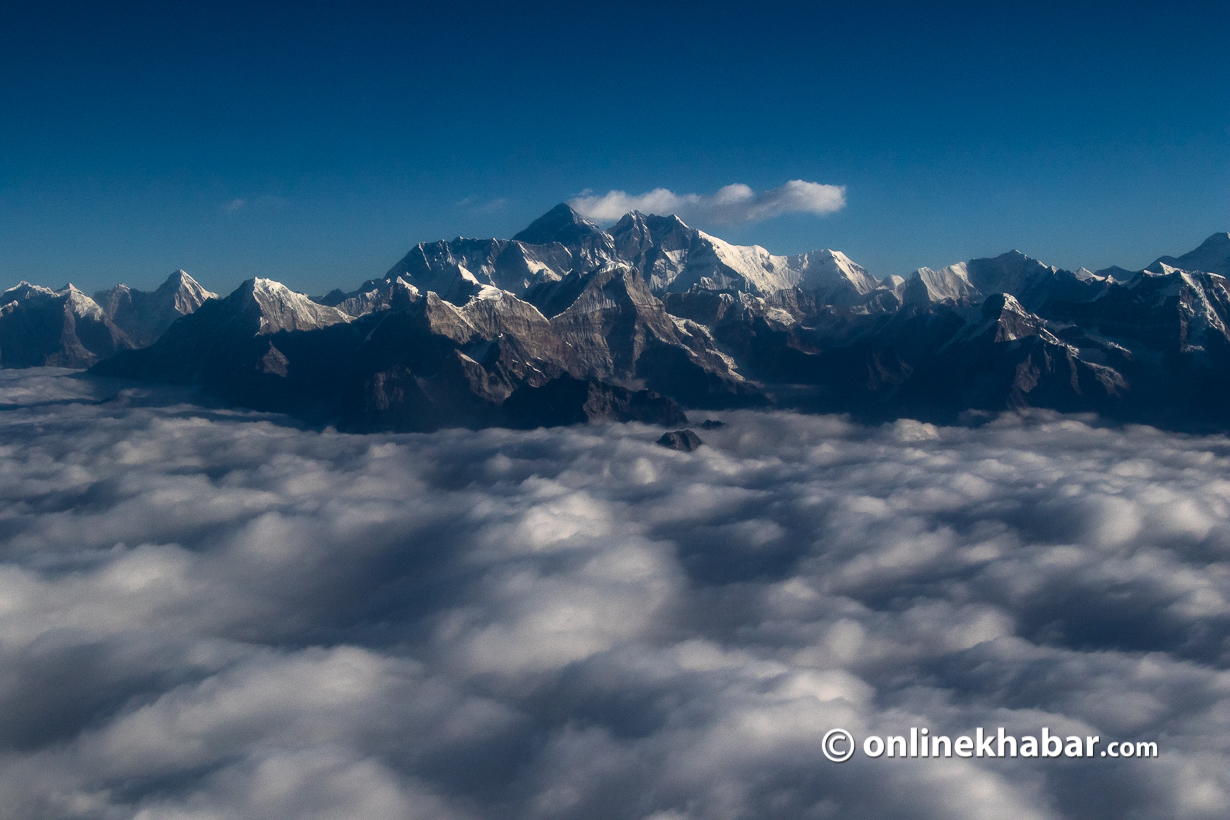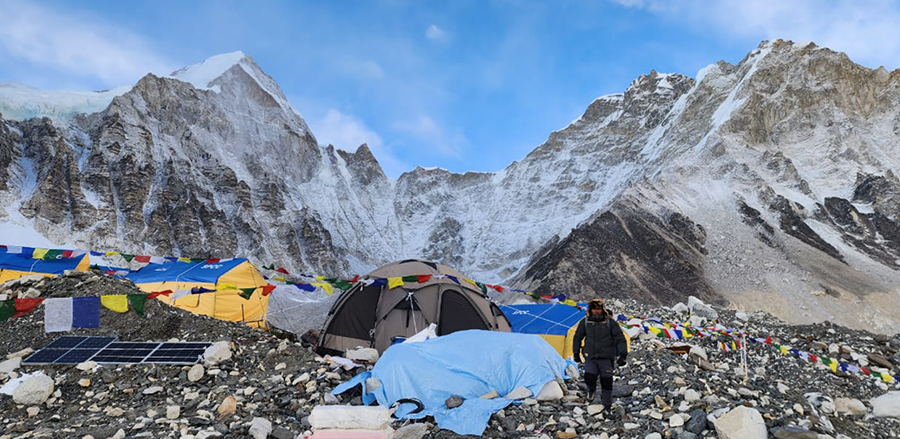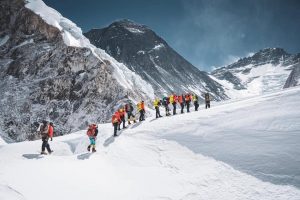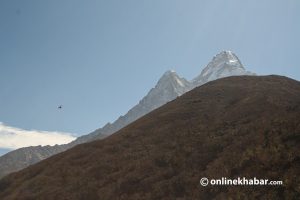Three-years-ago, Steven Plain broke his neck while body surfing in Western Australia. The doctors told him he was lucky to be alive and that they didn’t know if he could ever get back on his feet. But in less than a year, he defied all odds and proved his doctors wrong.
Then he had climbed a mountain in New Zealand and now he is preparing to conclude his mission to climb the highest mountains of all seven continents in record time (7in4) by conquering the highest mountain in the world. This ‘strange’ tale might sound like a Hollywood movie plot but is anything but. This is the story of a stubborn man with a contorted spinal chord who has kept his dreams straight.
While lying in the hospital bed with a halo brace there wasn’t much he could do than think about getting back on his feet. “The doctors told me it would take a year till I could resume normal life and that was quite tough mentally,” he says.
Plain, who worked full time as an engineer, took part in numerous endurance sports like triathlon and the thought of not being able to walk haunted him a lot. In the hospital, he thought a lot about what he wanted to do in life and one of those things was to climb the Seven Summits. “I always wanted to do the Seven Summits, but my time in the hospital made me want to stop everything and go out and do it even more,” he adds.

Initially, he planned to do it over a number of years but when he saw the current record of 126 days held by Colin O’Brady he felt he could do it within four months.
Rather than focusing on the negatives of the seemingly impossible end goal, Plain set himself achievable objectives. The first thing to do was to get back on his feet, and then came building the skills, experience, and confidence to make an on the attempt the Seven Summits.
To prepare for this, he went on many practice expeditions and climbed his first peak in less than a year after the accident, something the doctors say that wasn’t possible. “The doctors did a terrific job but I think they were a bit pessimistic, which gave me that added motivation to go out and prove them wrong.”
In November 2015, just 11 months after breaking his neck, Steve traveled to New Zealand’s Southern Alps to take part in a mountaineering course and climb Mt Aspiring. “It was an extremely proud and emotional moment and thinking about it still gives me goosebumps. It was so emotional I had a tear in my eye as I felt lucky to have been able to achieve that.”
After that, he traveled to Peru for a month of climbing with a local guide, summiting Yanapaccha, Chopicalqui and Alpamayo. In November 2016, Steve came to the Nepal Himalayas to climb Ama Dablam, Lobuche Peak and Island Peak, summiting all three 6,000m mountains in one week.

In April 2017, he returned to Nepal to attempt Lhotse, the 4th highest mountain in the world and his first 8,000m peak which he climbed with the rope fixing team, and was amongst a small group to be the first to summit for the season.
“Climbing these mountains gave me a good experience which was necessary before I took on the seven summits,” he adds knowing that the 7in4 would be a daunting task.
He knew that he had set himself a big challenge and that one mishap could have derailed the entire project. “I have been fortunate till now with everything even though there were times I was uncertain about the project.”
The first time uncertainty crept in was in Indonesia before climbing Carstenz Pyramid. “Before we got there, there were two groups stuck on the mountain due to bad weather. The people there were talking about evacuating via a mine which would close the mountain but luckily the weather cleared and we were good to go.”
And the other one was recently in Denali where they had to make the summit during night time due to bad weather. “We tried to climb it in early spring, something people don’t try often as its normally done in the summer, but we had to do it because Everest had to be my last peak.”
It was a self-supported expedition where Steve was in a team of four who had to carry everything on their own. “Initially we had good weather till we reached camp 14. Then the winds started to change and it got really tough and that was when I started to doubt myself a bit.” With limited food and short on time they had a stroke of luck when the forecast said the winds would calm down for 24 hours and hearing that they set off to climb the highest peak in North America. “We heard that winds were calming down and would be lowest at night time so we gambled to go to the summit without setting a high camp and summited at 9:45 at -45C completing a 23-hour round trip from camp 14 to summit and back.”
“It was a very long night and if I look back I think I was very lucky to have managed to do it.”
Now, all that stands between him and a world record is the Everest. But he feels that luck is by his side. “I’m very positive about it and we’ve not have had any major hiccups along the way. I feel fit and I know what to expect mentally.”
When asked what he plans to do after 7in4 he responds he isn’t over thinking. “I’m living in the moment right now taking on one mountain at a time so I think after three years of planning for this, it’s sure to leave a big void and will have to think about what to do after this.”
The mission has taken up a lot of time and energy as he has come a long way from the accident three years ago. Almost all summiteers take something up the mountain and Plain will do the same. He’s carried a bottle of Limeburners, an Australian whiskey around to all peaks. He will do the same when he climbs Everest. “I will be the bottle after this trip and the money will go towards two organisations in Australia helping people with spinal chord injuries.”
The media back in Australia call him the ‘Miracle Man’, but he doesn’t like it. “It’s not a miracle, its hard work. Because when you’re in a bad situation all you can do is think positive and set yourself goals work through.”
“I like to call myself stubborn.”
All photos courtesy: Steve Plain






